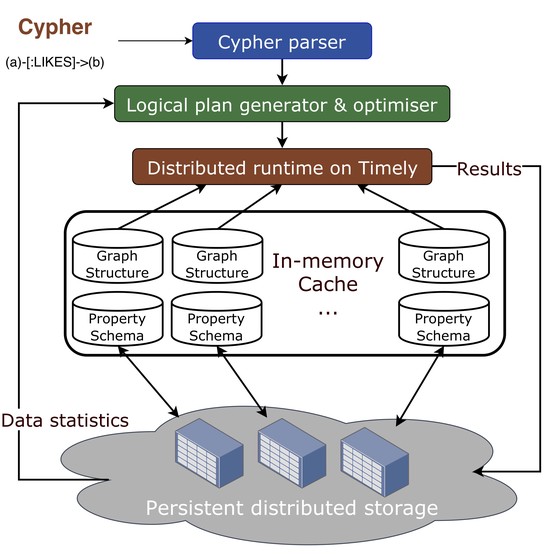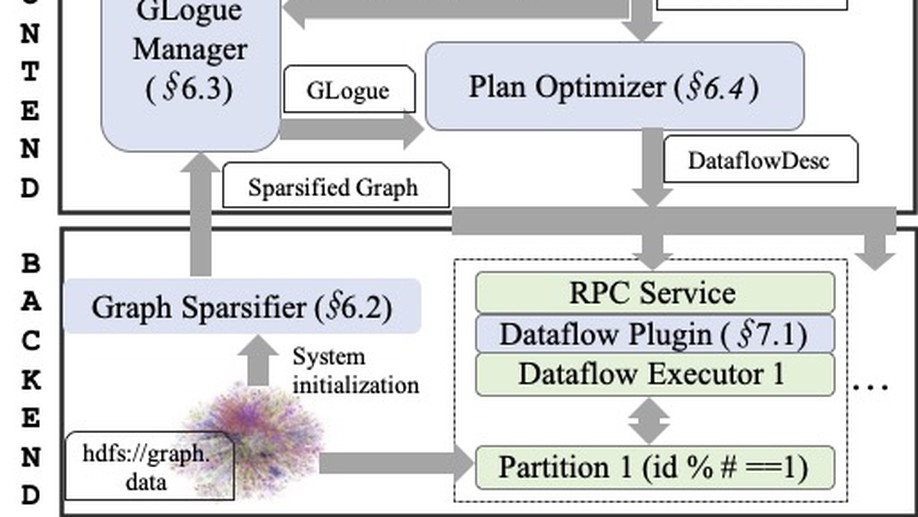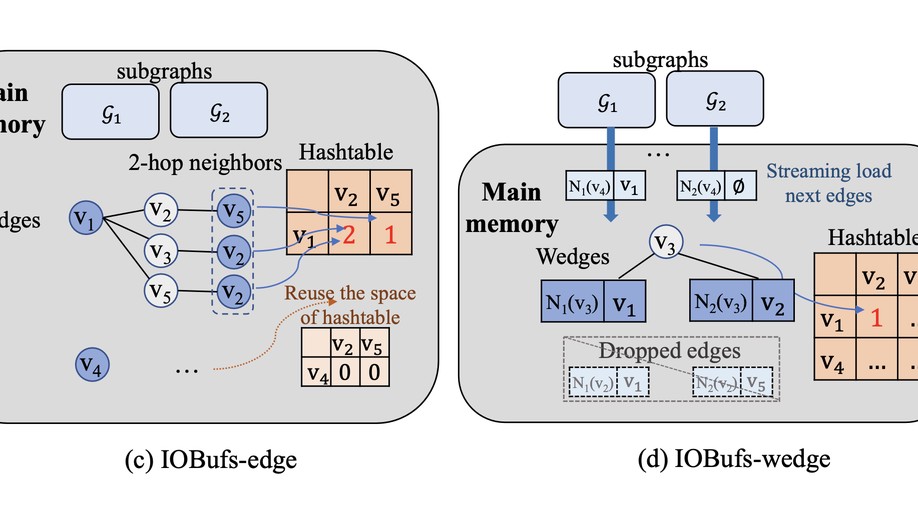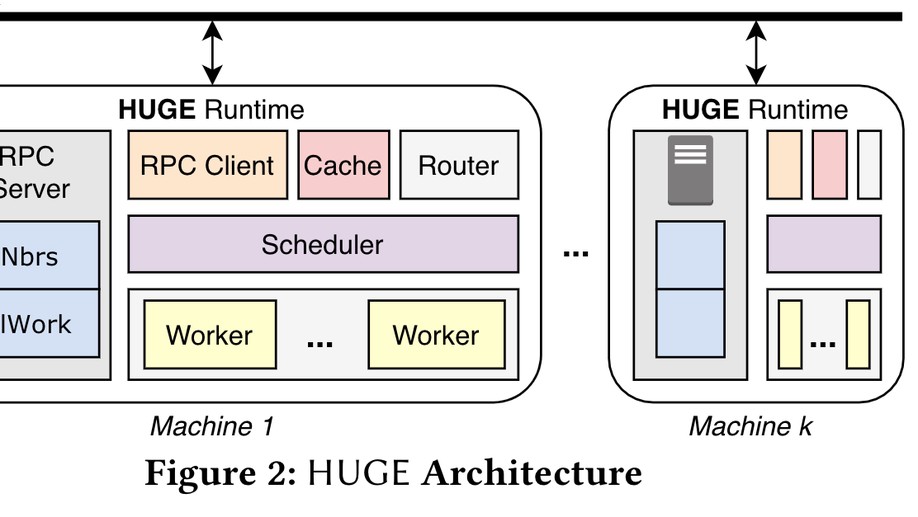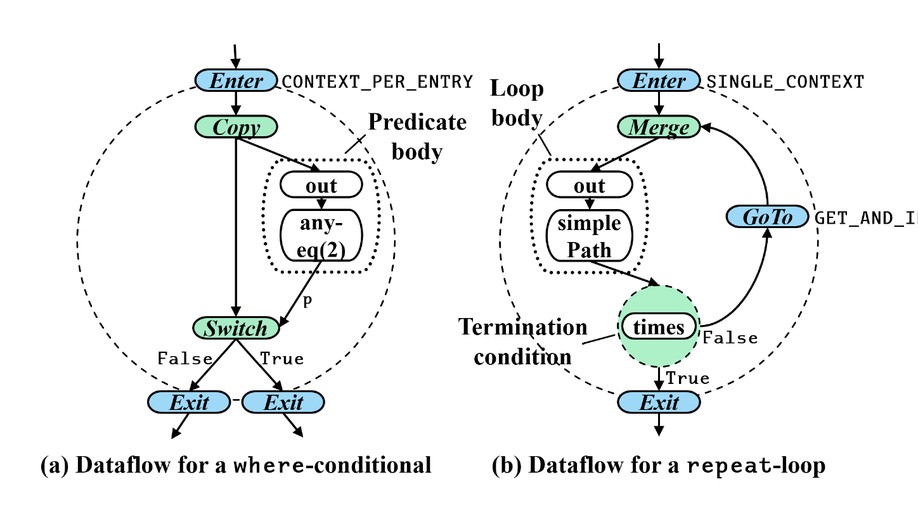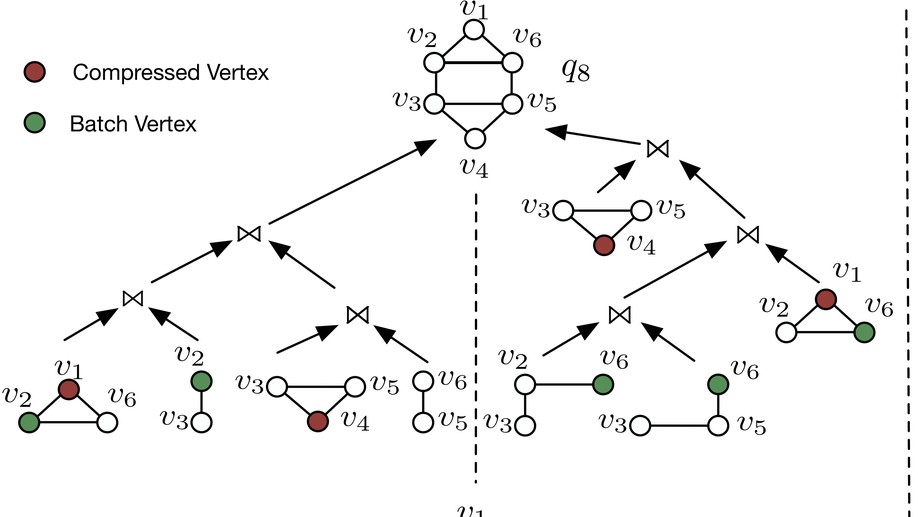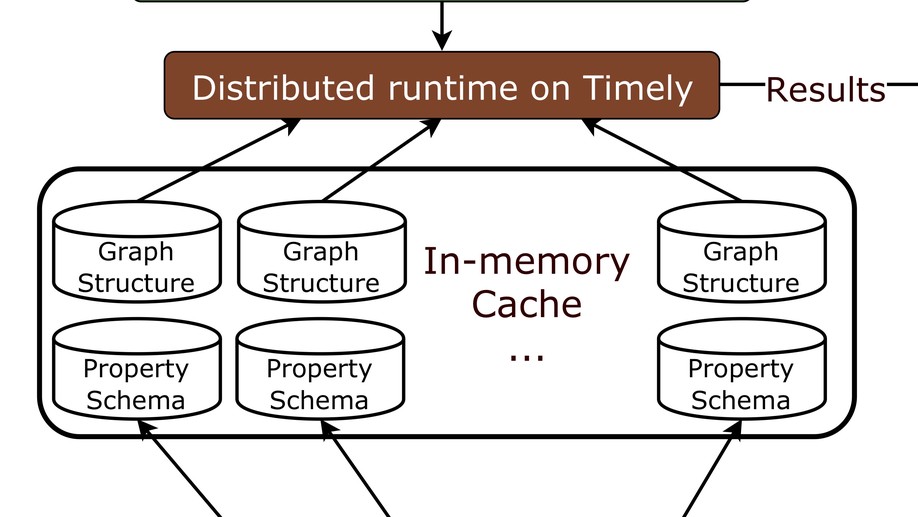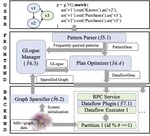Biography
Dr. Longbin Lai obtained his Degree of Bachelor and Master from Shanghai Jiao Tong University (SJTU) in 2010 and 2013 respectively. After that, He joined the Database group in CSE, UNSW, Sydney for Ph.D study under the supervision of Prof. Xuemin Lin and Dr. Lu Qin. He obtained his Ph.D degree in Mar. 2017, and his thesis is available here. He now joins Alibaba Damo Academy to build intelligent systems for big (graph) data processing. His research interests include graph algorithms, graph database, database management, distributed algorithms and systems.
Interests
- Big Data Management
- Graph Database
- Distributed Processing
- Query Optimizations
Education
PhD in Computer Science and Engineering, 2017
University of New South Wales, Sydney
Master in Computer Engineering, 2013
Shanghai Jiao Tong University
BSc in Information Security, 2010
Shanghai Jiao Tong University
